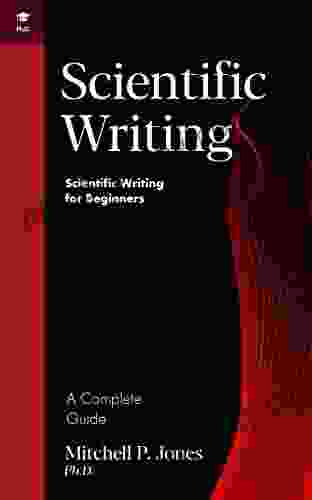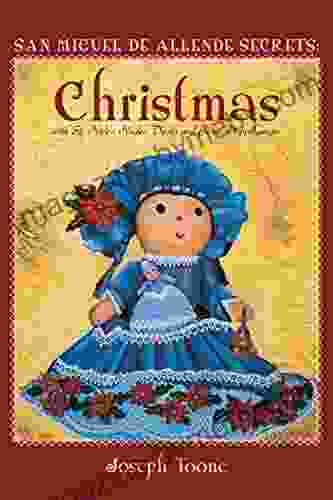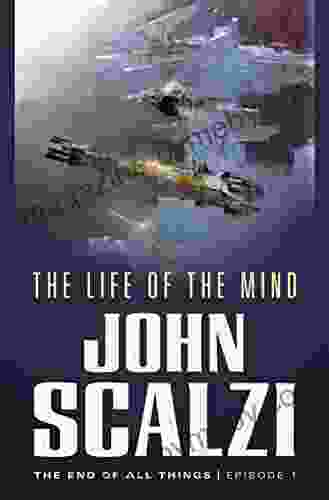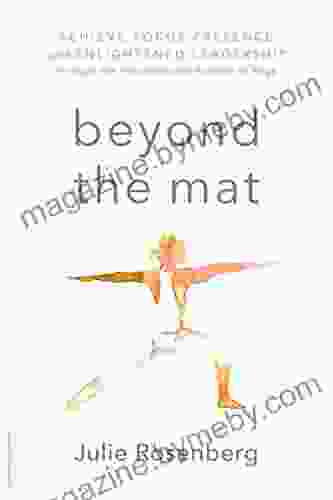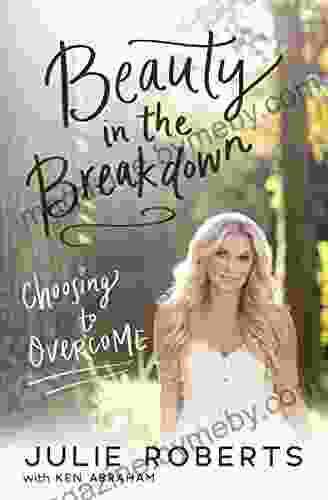Unveiling the Secrets of Scientific Writing: A Comprehensive Guide for Beginners

: Navigating the Labyrinth of Scientific Communication
Scientific writing is the cornerstone of advancing knowledge, enabling researchers to share their findings, theories, and discoveries with the world. As a beginner embarking on this journey, you may encounter a labyrinth of challenges and uncertainties. This comprehensive guide serves as your beacon, illuminating the path to successful scientific writing by providing a thorough understanding of its fundamental principles, practical techniques, and expert advice.
Chapter 1: Laying the Foundation: Structure and Style
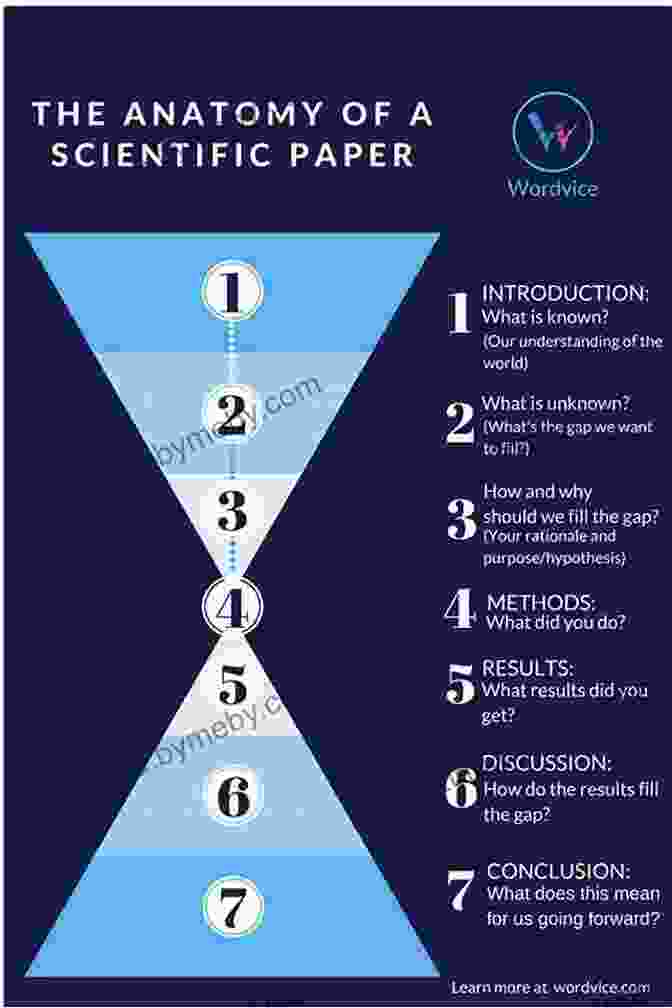
4.1 out of 5
| Language | : | English |
| File size | : | 16758 KB |
| Text-to-Speech | : | Enabled |
| Screen Reader | : | Supported |
| Enhanced typesetting | : | Enabled |
| Word Wise | : | Enabled |
| Print length | : | 257 pages |
| Lending | : | Enabled |
Begin your scientific writing adventure by grasping the quintessential structure of a scholarly paper. This framework, typically comprising an abstract, , methods, results, discussion, and , serves as the backbone of your narrative. Explore the purpose and components of each section to effectively convey your research journey.
Moreover, delve into the nuances of scientific style. Understand the importance of using precise language, avoiding jargon, and maintaining clarity throughout your writing. By adhering to these essential principles, you will lay a solid foundation for your scientific writing endeavors.
Chapter 2: Crafting the Abstract: A Captivating Gateway
The abstract, a succinct summary of your paper, serves as the gateway to your research. Its purpose is to entice potential readers and provide a glimpse into the significance of your work. Learn the art of crafting a compelling abstract by highlighting your research question, methods, key findings, and implications.
Chapter 3: : Setting the Stage for Your Research
The provides the context and rationale for your scientific investigation. Start with a hook that captures the reader's attention. Then, present background information, review relevant literature, and formulate your research question. By seamlessly integrating these elements, you will lay the stage for a captivating research narrative.
Chapter 4: Methods: Unraveling Your Research Design
In the methods section, transparency is paramount. Describe your experimental design, materials, and procedures in meticulous detail. Provide sufficient information to enable replication of your study by other researchers. By adhering to the highest standards of scientific rigor, you will ensure the reproducibility and reliability of your findings.
Chapter 5: Results: Unveiling the Data
The results section breathes life into your research by presenting your findings in a clear and concise manner. Use tables, graphs, and figures to illustrate your data effectively. Avoid interpreting the results at this stage; focus instead on objectively presenting the evidence.
Chapter 6: Discussion: Interpreting Your Findings
The discussion section is where you delve into the significance of your results. Discuss the implications of your findings in relation to the existing body of knowledge. Identify strengths and limitations of your study, and suggest directions for future research. By engaging in critical analysis, you will demonstrate your understanding of the broader scientific landscape.
Chapter 7: : Summarizing Your Journey
Conclude your scientific paper by summarizing your key findings, restating your research question, and highlighting the implications of your work. Avoid introducing new information or data. Instead, provide a succinct overview of the research journey you have undertaken.
Chapter 8: Ethical Considerations: Navigating the Landscape of Research Integrity
Scientific writing demands the utmost integrity. Understand the ethical guidelines that govern research and publication. Respect intellectual property, avoid plagiarism, and maintain transparency in reporting your findings. By adhering to ethical standards, you will ensure the trustworthiness and credibility of your scientific contributions.
Chapter 9: Peer Review: Embracing Constructive Critique
The peer review process is an integral part of scientific publishing. Embrace constructive criticism as an opportunity to improve your writing and refine your research. Respond professionally to reviewers' comments, addressing their concerns and incorporating their suggestions where appropriate.
Chapter 10: Publishing Your Paper: Unveiling Your Research to the World
Discover the world of scientific publishing and learn the steps involved in submitting your paper to a journal. Understand the review process, formatting requirements, and copyright considerations. By navigating the publishing landscape successfully, you will share your research with the global scientific community.
: Empowering Your Scientific Voice
Embarking on a scientific writing journey can be both exhilarating and daunting. By mastering the principles and techniques outlined in this comprehensive guide, you will transform into a confident and effective scientific writer. Your writing will not only convey your research findings but also contribute to the advancement of scientific knowledge. Embrace this guide as your indispensable companion, empowering your voice in the scientific discourse and shaping the future of discovery.
4.1 out of 5
| Language | : | English |
| File size | : | 16758 KB |
| Text-to-Speech | : | Enabled |
| Screen Reader | : | Supported |
| Enhanced typesetting | : | Enabled |
| Word Wise | : | Enabled |
| Print length | : | 257 pages |
| Lending | : | Enabled |
Do you want to contribute by writing guest posts on this blog?
Please contact us and send us a resume of previous articles that you have written.
 Book
Book Novel
Novel Page
Page Chapter
Chapter Text
Text Story
Story Genre
Genre Reader
Reader Library
Library Paperback
Paperback E-book
E-book Magazine
Magazine Newspaper
Newspaper Paragraph
Paragraph Sentence
Sentence Bookmark
Bookmark Shelf
Shelf Glossary
Glossary Bibliography
Bibliography Foreword
Foreword Preface
Preface Synopsis
Synopsis Annotation
Annotation Footnote
Footnote Manuscript
Manuscript Scroll
Scroll Codex
Codex Tome
Tome Bestseller
Bestseller Classics
Classics Library card
Library card Narrative
Narrative Biography
Biography Autobiography
Autobiography Memoir
Memoir Reference
Reference Encyclopedia
Encyclopedia Ro Khanna
Ro Khanna R Philip Bouchard
R Philip Bouchard Tiece
Tiece John Taliaferro
John Taliaferro Satish Nambisan
Satish Nambisan Yuta Aoki
Yuta Aoki Nicholas Bjorn
Nicholas Bjorn Roy Lingster
Roy Lingster Julia Albright
Julia Albright Johnette Van Eeden
Johnette Van Eeden Tayon Mitchell
Tayon Mitchell Jonathan Phillips
Jonathan Phillips Jessica Peffer
Jessica Peffer Sheila Mackechnie Murtha
Sheila Mackechnie Murtha Peter Schwartz
Peter Schwartz Ryan Spaeder
Ryan Spaeder Washington Irving
Washington Irving Joshua Akin
Joshua Akin Julie Nelson Davis
Julie Nelson Davis Julia Pandl
Julia Pandl
Light bulbAdvertise smarter! Our strategic ad space ensures maximum exposure. Reserve your spot today!
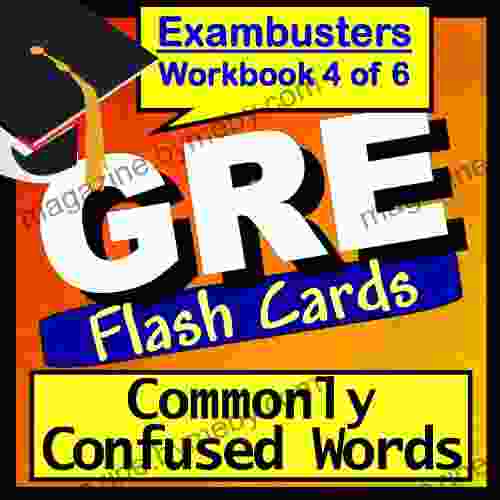
 W. Somerset MaughamUnlock Your GRE Success: Master Commonly Confused Vocabulary with Our Premium...
W. Somerset MaughamUnlock Your GRE Success: Master Commonly Confused Vocabulary with Our Premium... Albert CamusFollow ·4.4k
Albert CamusFollow ·4.4k Ken FollettFollow ·6.8k
Ken FollettFollow ·6.8k Hudson HayesFollow ·5.2k
Hudson HayesFollow ·5.2k Gabriel HayesFollow ·11.1k
Gabriel HayesFollow ·11.1k Robert ReedFollow ·2.5k
Robert ReedFollow ·2.5k Chris ColemanFollow ·6.4k
Chris ColemanFollow ·6.4k Julio CortázarFollow ·16.1k
Julio CortázarFollow ·16.1k Jesus MitchellFollow ·17.4k
Jesus MitchellFollow ·17.4k
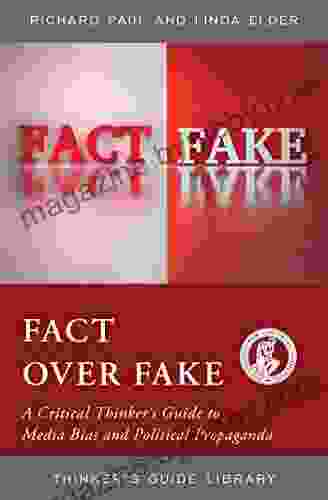
 Efrain Powell
Efrain PowellCritical Thinker's Guide to Media Bias and Political...
In a world awash with information, it has...

 Aubrey Blair
Aubrey BlairMurder Is Bad Manners: An Unforgettable English Mystery
Prepare yourself for a captivating literary...

 Luke Blair
Luke BlairDon't Settle For Safe: Embrace Adventure and Live a Life...
<p>In this inspiring and...

 W.H. Auden
W.H. AudenRoblox Codes Dragon Adventures King Legacy All Combat...
Roblox is a massively popular online game...
4.1 out of 5
| Language | : | English |
| File size | : | 16758 KB |
| Text-to-Speech | : | Enabled |
| Screen Reader | : | Supported |
| Enhanced typesetting | : | Enabled |
| Word Wise | : | Enabled |
| Print length | : | 257 pages |
| Lending | : | Enabled |


